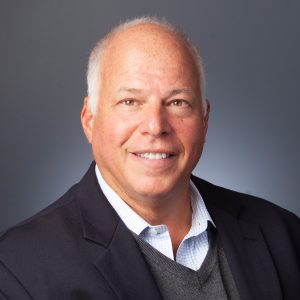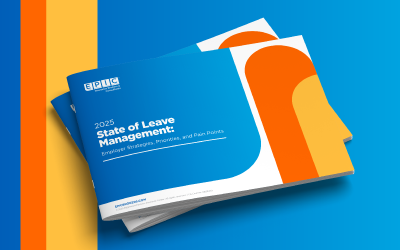Viewpoints from Craig Hasday
Lucrative profit potential, along with political and economic pressure to reduce healthcare costs, has spawned consolidation and vertical integration of traditional insurers and pharmacy benefit managers. But costs continue to escalate, and these traditional markets will no doubt be challenged for solutions. Mergers, consolidation and innovation have combined with political agendas with multiple opinions even within the Democratic and Republican parties.
Healthcare is a fragmented and inefficient industry in the United States
and nearly 20% of U.S. Gross Domestic Product represents a significant opportunity for the nation’s largest companies to do it better. Walmart, which has clearly stated its resolve to move into this space with its 2014 Care Clinics and 2010 partnership with Humana for a Medicare Rx program, has now announced a new partnership with Oak Street Health to open three clinics in the Dallas market. The renowned low-cost retailer believes it can deliver primary care for 30-50% lower cost than traditional providers.
Google’s health science sister company, Verily, has announced that it too will enter the fray.
In a collaboration with Swiss Re Group, they have formed a new affiliate, Coefficient Insurance Company, to sell stop-loss insurance. Coefficient believes that by introducing data analysis and artificial intelligence to manage claims, they can be more effective in population health management.
And we are still waiting to hear from Amazon, Berkshire Hathaway and JPMorgan Chase.
Their Haven Healthcare collaboration made a big market sizzle but as a market observer, I am still waiting for the steak to be served. Amazon’s purchase of PillPack may well disrupt the pharmacy market, but it too is in its formulation stage.
Meanwhile, the traditional insurers are doing their best to keep up.
Aetna Connected was just announced which will provide no-cost primary care at HealthHUB and MinuteClinic locations and 1- to 2-day free drug delivery.
Competition is heating things up – but we are yet to see if cost trends will be lowered.
Check out our COVID-19 employer resources for employee benefits and risk management on the EPIC dedicated coronavirus webpage
See results from our In It Together COVID-19 pulse surveys by visiting epicbrokers.com/insights/preparing-for-the-new-normal
EPIC offers these opinions for general information only. EPIC does not intend this material to be, nor may any person receiving this information construe or rely on this material as, tax or legal advice. The matters addressed in this article and any related discussions or correspondence should be reviewed and discussed with legal counsel prior to acting or relying on these materials.
Related Content
Products
Employee Benefits Consulting
Our dedicated benefits team is focused on delivering better outcomes – to both your benefits program and ...
Products
Pharmacy Solutions
Our Pharmacy Consulting Practice helps companies navigate the unique complexities of expertly managing the ...
Industries
Healthcare
Our healthcare practice is known around the world for its expertise and passion in delivering exceptional ...



